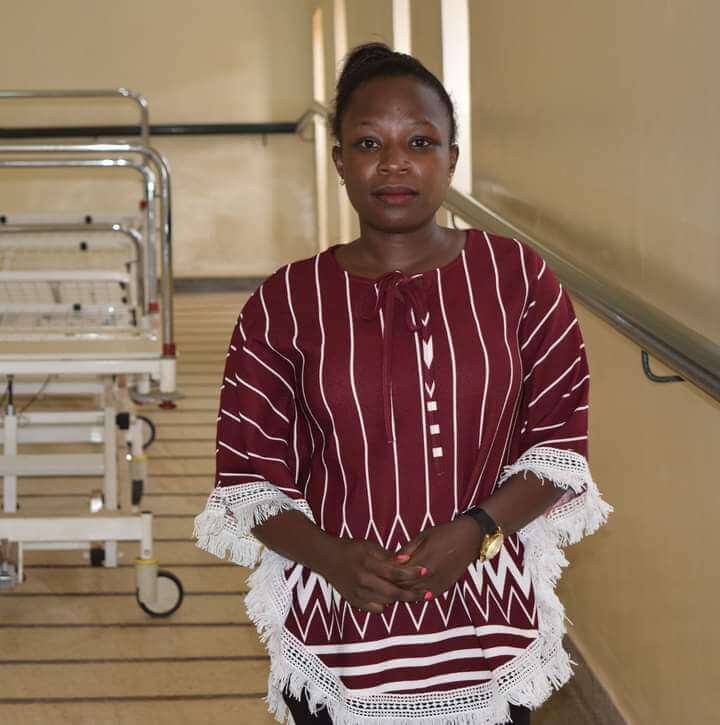Communities need the right information about snakebites
Growing up in the rural area of Western Uganda, cases of snakebites were a common occurrence. These would happen in garden farms, forests as women collected firewood and around water collection points. Women and children were more at risk of snakebites.
In order to save lives, communities resolved that in case one encountered a snake, hit to kill. If one couldn’t manage it alone, they have a task of identifying it’s dwelling area and mobilize able-bodied people to finish the job.
The bitterness within my community were as a result of failing to get proper medical care from the facilities within, both private and government.
The only known treatment for snakebites in my community is a ‘black stone’ which is also used as a gamble for failure to get alternative treatment.

While in my high school holidays, my mother was bitten by a snake as she tried to harvest bananas for our dinner.
Our neighbors gathered, tied part of her leg like it has always been the known first aid. This was placed on the wound and she was given some herbs to chew. After two days, she was feeling better.
My community believed that this treatment worked, although not for all. The elders came to conclusion that not all snakes were poisonous although they maintained the treatment.
In cases of poisonous snakes, a victim had and still has to be transported through hundreds of kilometers to get treatment. Sometimes it is too late to save such a person and they end up dead or having parts of their bodies amputated.
As I worked as a Communication Officer for Coalition for Health Promotion and Social Development (HEPS-Uganda) in partnership with Health Action International (HAI) on snakebite project in Uganda, I found this as an opportunity to have a solution to a problem that has affected my community. I took time to learn about snakebites and within a short time, I realized how much information I personally lacked despite having learned about it through school. I am however confident about the proper first aid given to a snakebite victims, I learned about the various venomous and nonvenomous snakes.
Our strategy is to have comprehensive communication materials on different platforms and the media targeting partners, policy makers and communities such as mine about snakebites.
Currently, one of the key issues that is failing our health system is the cost of treatment in private health facilities.
Snakebite victims fail to attempt seeking medical attention because of the fear of the cost of treatment!
As a Woman Champion of Snakebite, I look forward to seeing a world where snakebites are fully managed by our health system through budgeting for commodities, human resource and awareness creation among communities about snakebite management.
I would like to see all health workers trained in snakebite management and have a population comfortably seeking medical attention without the scare of the cost. I am glad that the mainstream media is publishing more accurate articles about snakebites following several trainings about the topic.
